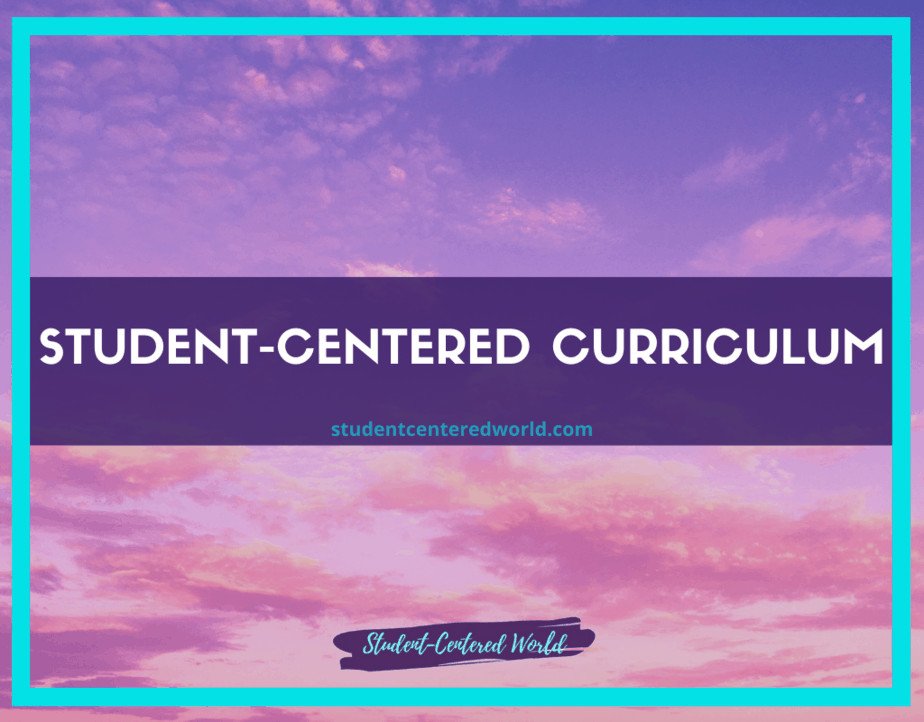An Epic Plan for Classroom Management in High School for the Avid 21st Century
The concept of classroom management in high school makes many educators cringe. The fact remains, however, that students are people and thus they have a variety of personalities. In order to run a classroom effectively, it is essential for teachers to understand their students’ behavior as well as how different management techniques impact student engagement in the classroom.
Every classroom has rules and procedures for how students should behave. A classroom’s culture is created by the teacher and classroom management is used to ensure that these classroom rules are consistently followed. In turn, classroom management involves many different strategies such as monitoring students, acknowledging good behavior, making seatwork more interesting, positive reinforcement, and much more. The main goal is to create classroom management strategies that will encourage students to learn the content being taught in the classroom while also being comfortable enough to engage in the activities set forth.
Strategies and Techniques
Classroom management has been a hot topic in education for decades and there are many different strategies out there. The main classroom management philosophies that educators use today include classroom culture, token economies, behavior systems, and classroom routines. Regardless of the technique teachers choose, classroom management happens every day throughout the classroom.
The most popular classroom management techniques include classroom routines and classroom culture; however it is important to remember that classroom management involves more than just these two strategies. As a general rule of thumb, classroom routines are used in order to meet student’s needs as quickly as possible and classroom culture is used in order to help students develop positive classroom habits.
Classroom routines are the basic procedures that need to be followed in a classroom. They include everything from lining up each morning, taking out notebooks and pencils at the start of class, following classroom rules consistently, and any other actions that you would like your students to follow. While classroom routines are important, they can be difficult to implement in the classroom due to a variety of reasons.
On one hand, classroom routines do not come naturally for many students. After all, this is something that you will have to schedule and practice ahead of time. This is a key piece of classroom management in high school. If your classroom has never had a routine before, or if students are not used to the routine, it will take a lot of time and practice to get them on board. This is where classroom culture comes in handy.

Classroom Culture
Oftentimes classroom culture cannot be effectively implemented without classroom routines; however, classroom culture is important for the classroom as a whole. Classroom culture thus promotes good behavior by reinforcing positive actions of students while also discouraging negative actions through the classroom management strategies mentioned earlier. It is important to keep classroom culture in mind when implementing classroom routines so that students can receive the best classroom experience possible. Classroom culture and classroom routines are two key classroom management tools, but they are not the end all be all of classroom management.
Classroom cultures differ depending on each classroom; therefore it is important not to simply copy classroom management techniques that have been successful for other teachers. Teachers should think about classroom culture and classroom routines when planning their classroom management strategies; however, it is important to understand that there are other classroom management methods as well.
Below is a list of four effective classroom management in high school techniques that are excellent for the personalities that we come across in the high school classroom:
1. Four Corners: The four corners classroom management technique is a simple system that allows students to move through four areas of the room during a lesson, starting in the corner they are assigned to at the beginning of the period. By forcing students to learn their place in the room and allowing them to experience different parts of the space, teachers can gradually gain some control over misbehaving students. After lining up at the beginning of class, you can explain to students that moving through four corners is a privilege and a way for them to demonstrate good behavior in the classroom.
Students who have earned their place in one of the corner positions are free to work independently on projects or activities while their peers are supervised in one of the other three corners. The corners should facilitate problem-solving and research, peer instruction, independent learning, and group work.
2. Differentiated Instruction: In order to effectively teach a classroom full of different personalities, it is essential that teachers differentiate their instruction. Teachers can take advantage of online tools such as TodaysMeet, Educreations, and other classroom management apps to tailor classroom presentations based on the needs of the classroom. For example, teachers can let students pitch questions for a 30-second video response or a classroom discussion during a lecture. This will help teachers understand what content is unknown in their classroom and allow them to adjust their classroom management in high school classes accordingly.

3. Differentiated classroom rewards: Teachers can motivate their students by rewarding positive classroom behavior, especially if classroom management in high school has been a problem for previous teachers or if classroom management techniques have proven ineffective. Rewarding classroom behavior makes it easier to connect with the classroom community and instill the importance of good classroom leadership in your students. For example, teachers can offer classroom points for classroom participation and classroom jobs, which are recorded in an online classroom management tool.
Teachers can also incorporate classroom rewards into the classroom culture by providing students with classroom supplies such as folders or notebooks. For example, offering a classroom supply incentive for every student who reaches five class points will create excitement in your classroom. Don’t underestimate the power of prizes as a classroom management in high school technique.
4. Classroom Celebrations: Classroom celebrations are an excellent classroom management in high school technique that teachers can use in the classroom after a breakout session or lesson. In order to run an effective classroom celebration, teachers should incorporate classroom traditions into their classroom culture. For example, you could have your students write down five things they learned from each classroom activity and then discuss events using classroom discussion tools.
For these celebrations, teachers could create an end-of-class “What did we learn?” presentation where students can share ideas written on party invitations that encourage participation. Teachers can also incorporate classroom decorations and other classroom rewards to make celebrations more appealing and effective for classroom management in high school classes. There is a fine line where the students will buy in and engage with an activity like this, so make certain you are on the right side of that line.

Finding What Works
The key point to understand with classroom management in high school is that there is no one-size-fits-all tool that works for every student. Though you may set a baseline for behavior, the culture of the classroom will ebb and flow as everyone finds where their place is in that environment and develops a level of comfort that is conducive to an effective learning environment.
A plan for classroom management in high school encompasses many of the classroom rules as well as expectations set forth by the teacher. The classroom management plan is something that should change as the classroom changes. The classroom management plan should include:
- The classroom rules and consequences if broken.
- A rubric for grading students on their classroom behaviors (graded on a scale of 0-5, or 1-6). This can also be used to give students feedback about how they are behaving in the classroom. This rubric can also be applied to how students are doing on a project or assignment.
- A plan for classroom time (schedule, deadlines, etc.)
- What the classroom rules mean and why they are important to classroom management as well as student learning.
- A classroom map should also be included in the classroom management plan so that students know where they are in the classroom, where the classroom materials are kept as well as how you want classroom material to be returned/organized.
This can be a tangible plan that is given to each student (even better if you make it together) or one that is just referenced and put on paper as necessary. Regardless of presentation, it is important for everyone in the classroom to understand the expectations if you wish classroom management in high school to become second nature in terms of behavior in the class.
Stop Driving the Teacher Struggle Bus
Are you struggling with student engagement, apathy, or keeping your class on track?
💫💫 There’s hope! 💫💫
Join my free teacher workshop “Choosing Choice” and in just 60 minutes, you’ll craft a practical plan to revitalize your teaching. Discover the magic of student choice in boosting engagement, gain quick implementation ideas, and explore strategies for year-long success.
Unlike overwhelming workshops, my approach guides you in real-time, providing more classroom options, reducing stress, and giving you more personal time.
Plus, you’ll earn a 1-hour professional development certificate and have 7 days of access.
Don’t miss this chance to transform your teaching; click below to secure your spot now!






